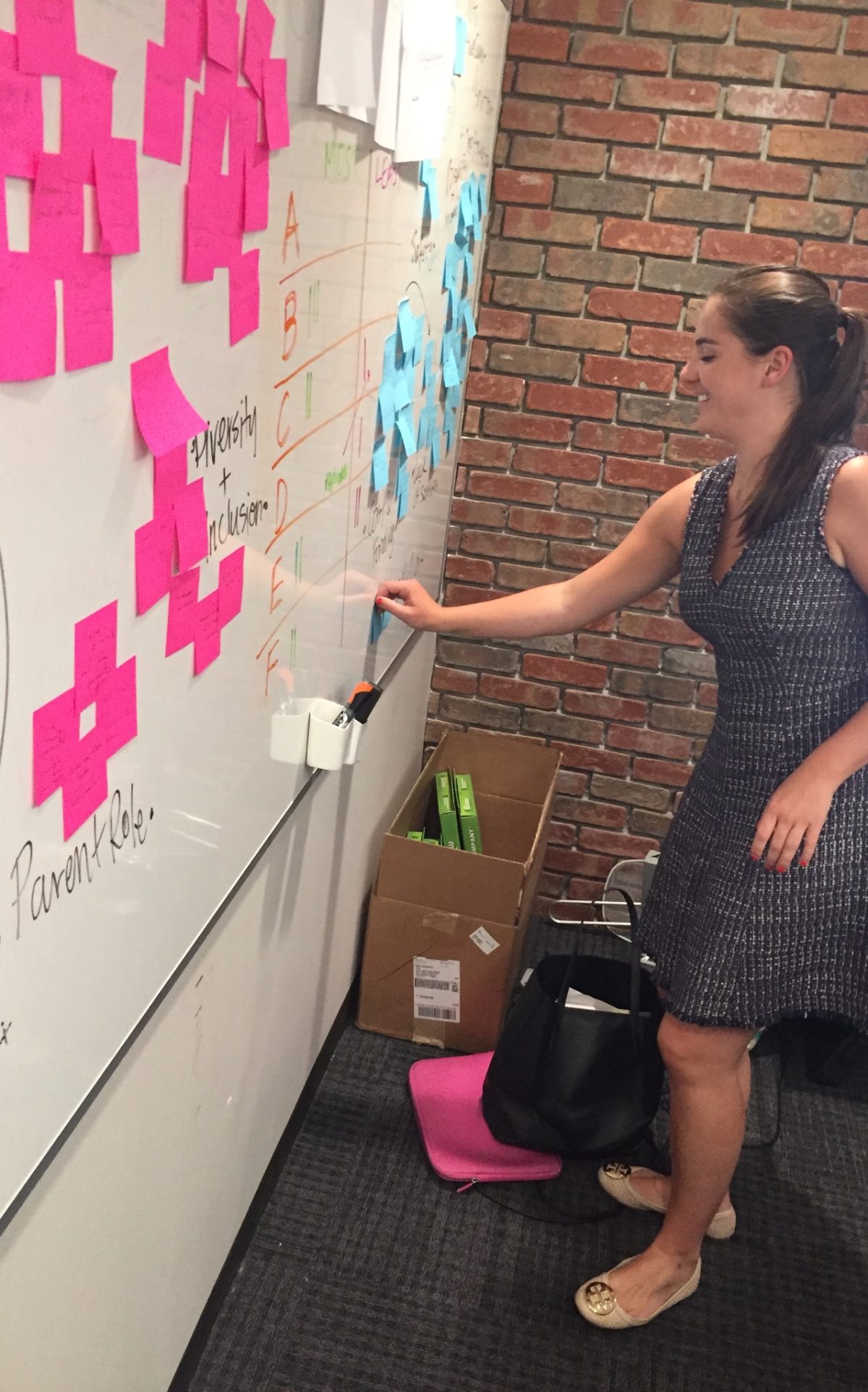For three years, we’ve been thinking in depth about the issue of housing for people with disabilities. We understand the challenges around affordability and accessibility. We’ve looked at stats around disability and homelessness, disability and poverty, and disability and housing discrimination. We’ve researched service and support issues, drivers of isolation, the importance of inclusion, and the changing preferences of individuals and families.
When we hosted a problem scoping workshop for ‘Together We Can Do More,’ funded by the Chan Zuckerberg Initiative, our goal was to dive deeper with perspectives from a diverse group of stakeholders. We didn’t want to simply agree that we need more housing (although more is definitely part of it). We wanted to think about all the elements of the problem. Moreso, our interest was not to stop at what the problems are, but delve into why the problems exist.
Stakeholder workshops — a mix of advocates, family members, housers, government leaders, developers, organizers, disability service organizations, architects, and more — convened in June and explored the use of logic models as a way to think about problems, context, and outcomes. Teams then worked on first drafts of problem statements and dissected the technical and adaptive elements of the challenge. We layered in some context by looking at six existing housing models and identifying pros and cons. To close, we revisited problem statements that each person had refined based on the conversation and exploration they did throughout the workshop. It was a jam packed three hours of discussion, debate, and discovery.
We’re compiling the results and will be working towards formal logic models and detailed problem definitions that we’ll publish later this year but, for now, here’s some of the big themes we’re contemplating. We welcome your ideas and feedback in comments.
- Beyond Units. The immediate, and perhaps most obvious issue, our community faces is the availability of affordable housing. But, if tomorrow we had infinite supply, would our work be done? Perhaps not. Many of our participants also spoke to issues related to disconnected communities, isolation, stigma, and support. We need homes, but we also need more.
- Visibility in Inclusion. One of our favorite quotes from a workshop participant was: “People don’t have value if they aren’t visible.” We discussed why people aren’t aware of the housing challenges people with disabilities face and why there aren’t committed to designing new solutions. Too often people with disabilities aren’t connected or visible in communities. The ‘value of visibility’ is what has us committed to inclusive models based in the community.
- Individual or Universal? Over and over, we confirmed that when it comes to housing individuals with disabilities, one size does not fit all. Having the same diagnosis does not mean people have the same characteristics, needs, or desires. While individualization is the ideal, it’s not a necessarily helpful framework when making policy, program design, and strategy decisions on a macro level. When it comes to housing, the key seems to be decoupling the housing and services. Services likely need a lot of individualization; they will vary from person to person. Housing, on the other hand, should be more universal, with some exceptions. If we can make macro decisions about inclusive housing design while supporting individualization in services, that seems to be the key
This is only the tip of the iceberg on these issues. Lots more to think about and explore. We’re looking forward to keeping you updated on our next steps and hearing from you too!
